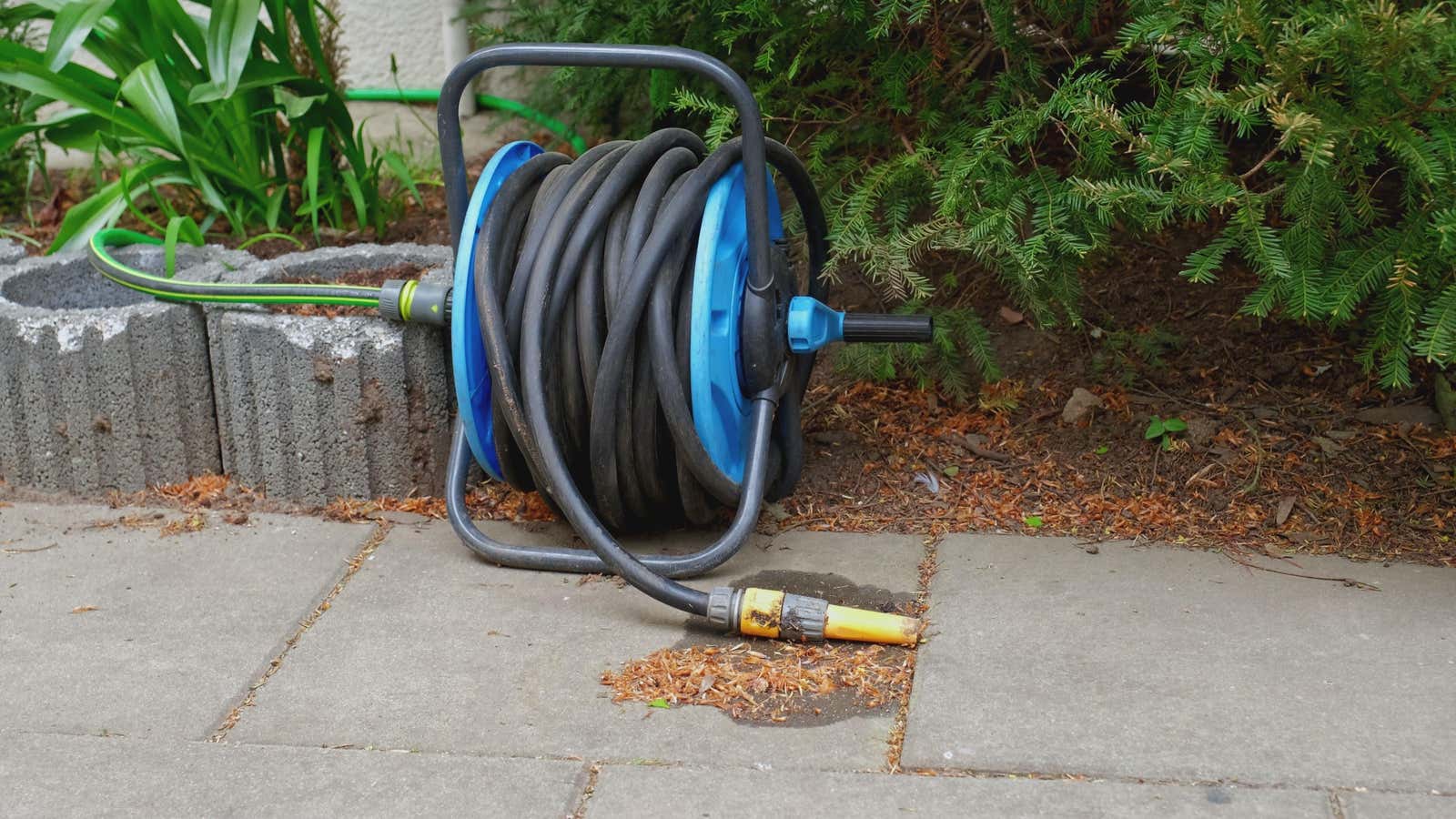How to Prepare for (and Survive) a Drought

California is currently at the epicenter of a megadrought , but droughts can occur in different places and to varying degrees. Saving water is something you should be practicing now, before the drought hits, not right after it hits. Here’s what to do the day before and during a drought.
What is drought?
According to the National Weather Service , when determining whether a region is experiencing drought, meteorological factors must be taken into account because “because of differences in climate, what may be considered a drought in one place in the country may not be a drought elsewhere.” “.
Droughts can affect agriculture, groundwater availability, and even the socio-economic status of an area. Farmers may be hurt financially, but the people who eat the food they grow can also obviously be hurt, as are people who work in hydropower and those who end up paying higher electricity bills as a result.
How to prepare for a drought
Get to know water conservation and start practicing it long before you really need it. Massachusetts has a whole guide on how to prepare for a drought, and it includes these tips:
- Do not pour water down the drain if you can use it for something else.
- Repair leaky faucets as soon as you notice them (same goes for well pumps).
- Check your plumbing for leaks and fix them as soon as possible.
- Install aerators with flow restrictors on the mixers.
- Place an instantaneous water heater on the sink.
- Insulate water pipes.
- Install a water softener to prevent damage to the pipes (but turn it off when you go away for a long time, such as on vacation).
- Give preference to energy-saving appliances.
- Purchase a small volume toilet or install a toilet displacement device to reduce the amount of water needed to flush a large cistern toilet.
- Use shower heads with extra low flow.
- Plant drought -resistant flowers, herbs, and other greens.
- Use mulch to keep the soil moist.
- Choose decorative water features (such as fountains) in your garden that use recycled water.
- Make sure the sprinklers are positioned so that the water hits the lawn and bushes, not the concrete.
- Set your lawnmower blade high so that the roots of the grass grow deeper.
Call your local water supplier for preparation tips specific to your area and home type. What works for someone in one part of the country may not work for you wherever you are, but your local service provider will provide more up-to-date advice.
What to do during a drought
When a drought happens, it affects everyone, but it will also affect your daily life. You need to make some adjustments to the way you live. Keep these steps in mind:
- Do not flush the toilet unnecessarily (so throw tissues, insects, and small waste in the bin).
- Take short showers and never take a bath.
- Do not run water when brushing your teeth, washing your face or shaving.
- Collect excess shower water in a bucket and use it to water your plants.
- Don’t run the dishwasher or washing machine when it’s not completely full, and wash dishes by hand when you can, using buckets without letting the water run.
- Cool your drinking water in the refrigerator instead of turning on the faucet until it cools down.
- Defrost meat in the refrigerator overnight instead of using running water.
There will also likely be restrictions on how you can water your outdoor plants. If this is not immediately clear to you, call your local water authority to make sure you are complying and follow what they say literally. You have no reason to cheat here: most lawns only need one inch of water per week all year round, and heavy rain eliminates the need for watering for up to two weeks. Hold on to this heavy rain. Don’t use a hose to clean your driveway if you can use a broom.
In general, just be mindful of your water intake. Take the time to put some water in the fridge to drink or collect it in a bucket while you wait for it to heat up and then use it to water your plants. Some forethought and a few extra steps can help you maintain your overall quality of life while helping your community during a dry time.